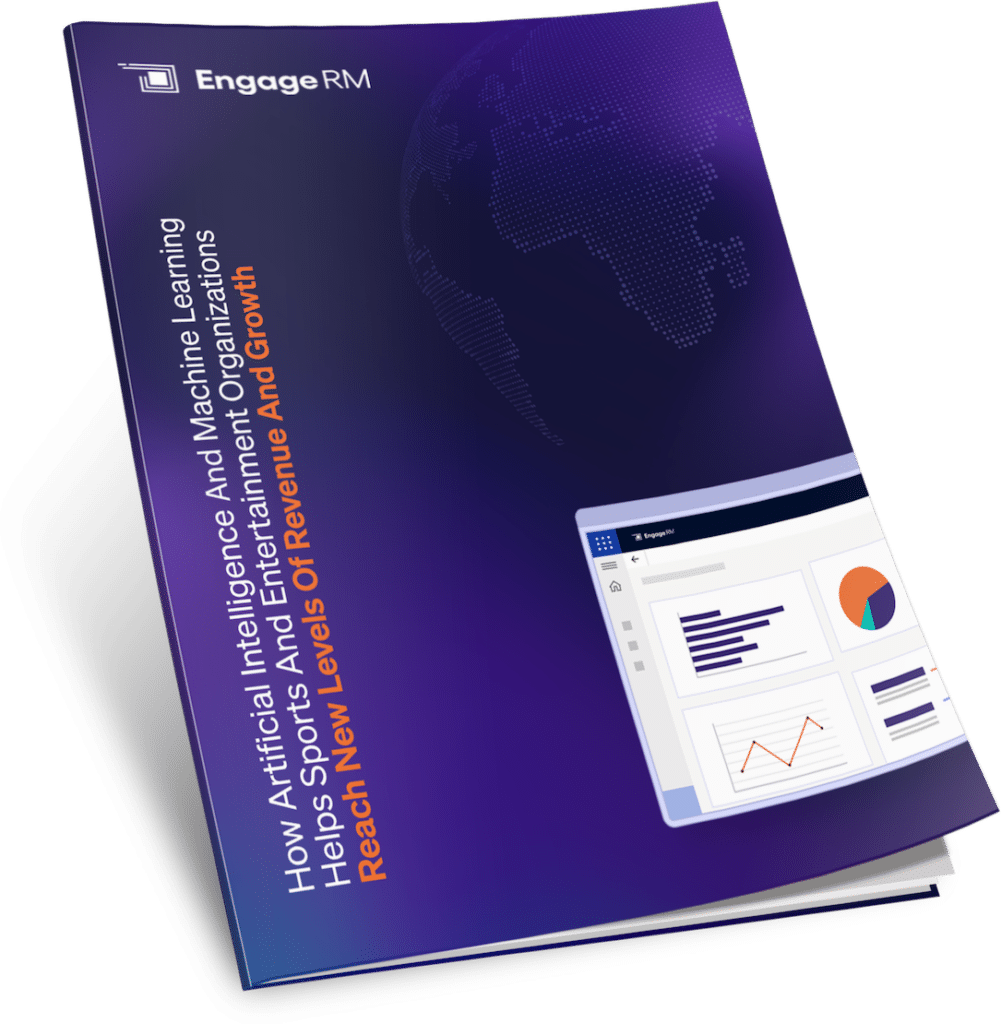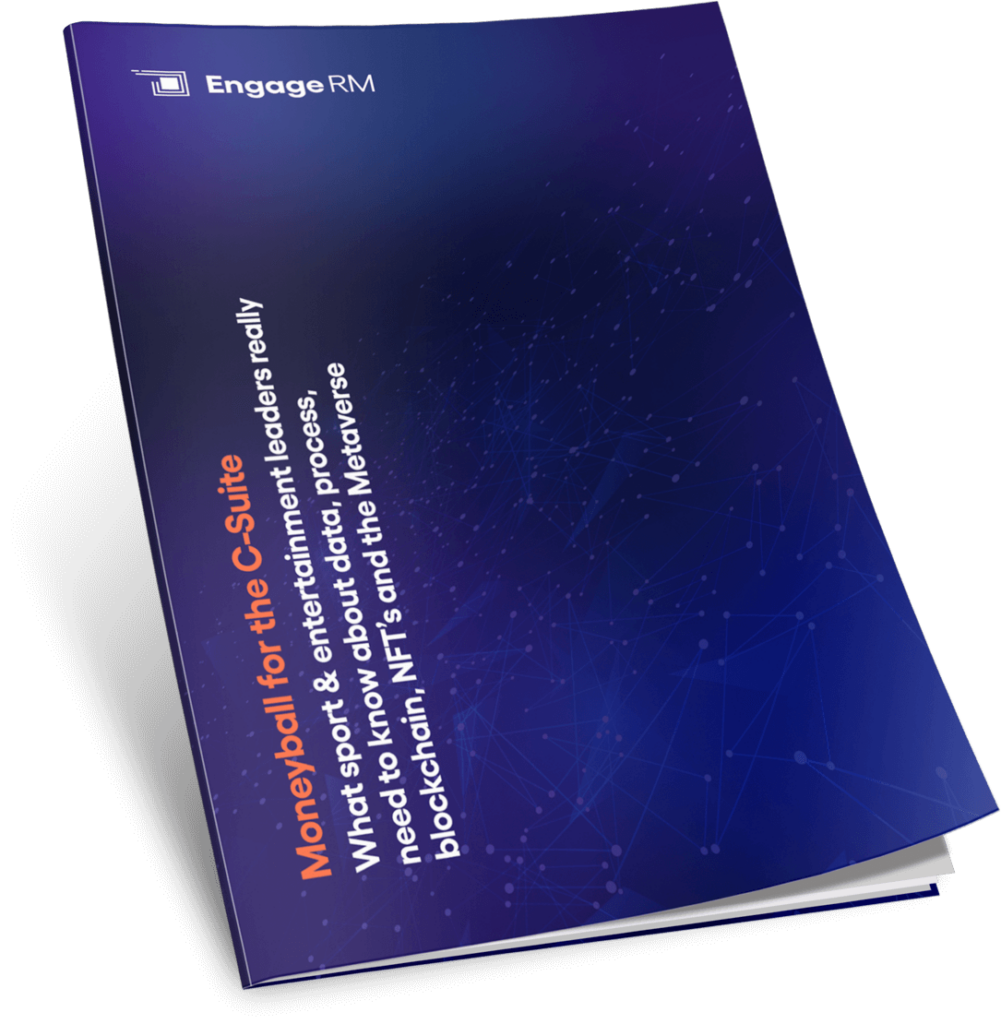US Expansion
19 October 2020
Brett Yorgey founded EngageRM, then known as Jaythom, over 20 years ago. Since 2003, when the business became a Microsoft Partner for the first time, we’ve gone from strength to strength, with many twists and turns along the way.
In this three part interview series, we asked Brett about the journey, how EngageRM has made an impact in organizations and what the future looks like.
Here’s Part 3 – US Expansion
Here, Brett answers questions about the way in which EngageRM has impacted the US market and what he’s learned as a result. What is different in the US and what does the future of sportstech look like?
How did the LA Clippers partnership come about and what has it meant for the organisation?
This is an exciting time. We started last year in the co-sell program with Microsoft, where we were selected as one of only five partners around the world to be a part of a global pilot program. That introduced us to global markets and then we went about finding the right people to become involved in the business. From that, we had our first US opportunity with the LA Clippers. This was an exciting experience. On one Monday we were in our office in Melbourne, having had no contact at all with the Clippers. Then by the next Monday we were sitting in the Clippers office and talking about how we were going to work with them. I think the really powerful bit of this co-sell program is that you end up with the vendor, being Microsoft, the technology platform (EngageRM) and a really engaged client. So, we had this joining of three organizations all with a common goal, all excited to provide and deliver a good outcome and I think that’s what has been achieved.
What have you learned about the way that the Clippers do things that’s been of benefit to Australian clients?
It’s interesting. I think the sales approach in the US is different to the way we approach the business of sport. They’re not really trying to sell out venues the way that we have to try and sell our venues. Most of the time the venue is pretty much sold but there’s a lot of transferring of tickets and all that sort of thing. So, the sales approach is different but the sale itself is the same. They go through business development, a sales process and then end up with an outcome. So, the sale is the same process, just on such a bigger scale like these 82 games compared to 22 games of football in Australia. So, there’s a lot more scale involved. We were able to introduce a lot of our processes that we’ve built over the last 10 years to the Clippers. While we learnt a lot, we were also able to provide them with information about what could be done differently. So, it’s been a really good two-way collaboration. The same has happened with the Microsoft fan engagement accelerator – we’ve been able to provide a lot of input to that and then hopefully what we get back from that is more knowledge and insight.
How is technology relevant to a local community sports organisation or to a global business like the L.A. Clippers?
I think that if you look at a local organisation like Netball Queensland (where we deal with 80 associations, 360 clubs and 80,000 participants), there’s a journey involved for every individual person. We want to make that an individual journey in the same way as it is for millions of people who buy tickets to an NBA game in the U.S. I don’t think the journey of that single person is any different. We’re trying to make sure that the journey is the best it can be and while someone is in our presence, we want to make sure that we provide them with the best outcomes they can get for them, their family, their friends and everyone that’s involved.
The Clippers are using conversational intelligence. What is it and how does it work?
Conversational intelligence is relatively new and it’s a really powerful area. It takes an audio file along with some metadata from a lead or an opportunity or a customer service call, any sort of call from the CRM. It then transcribes the call and puts sentiment behind the call. So, you can start to understand what the conversational sentiment is and then how best to interact with that person given their sentiment. What they’ve identified in some of the learnings for example, is that the highest performing sales people might have the most negative sentiment because they’re always challenging the person on the phone to convert a sale. Insights like that that provide enormous benefit to organizations.
What’s the benefit for a club or an organisation in having visibility over their partnerships? What is the real benefit of having that as part of the EngageRM system?
I think partnerships is an area that is really core to the base platform of a CRM system. You have business development moving through to sales management through to account management and fulfillment of entitlements. All those stages could be managed from different departments. So, the knowledge from each person in those different departments is really important to the business. What you’ll find is that there’s always a set of steps involved in each of those processes. The CRM enables you to identify the steps that move through the process the quickest. It might be that a particular staff member is really good at the first step of identify to qualify. They step through that really quickly while someone else may be really slow. For the next stage is might be reversed. So, what we seek to do is capture that knowledge utilizing everyone best skills and share it amongst the organisation for a consistent single approach to the way you pursue things.
What is blockchain and how does it help?
Blockchain is a technology that lends itself to a sports organisation where digital identity, reward for loyalty and partnerships to reward that loyalty are important. So, you’ve got that ability to say that I’m Brett Yorgey, I deal with the football club and that football club then has this ecosystem of partners they deal with. Now Brett Yorgey can deal with all of those people based loyalty to any of that group. It becomes a really fast growing environment where a currency means something. There’s an ability to leverage ‘money- can’t-buy’ experiences and similar benefits across the organisation.









